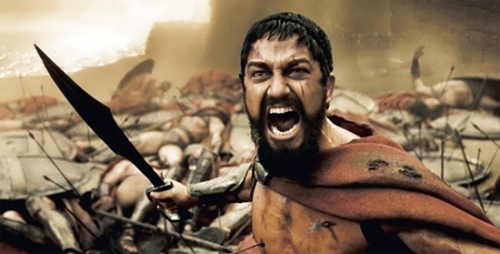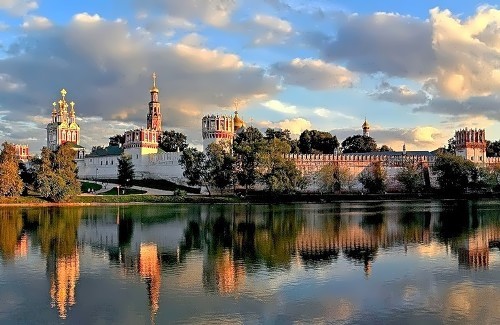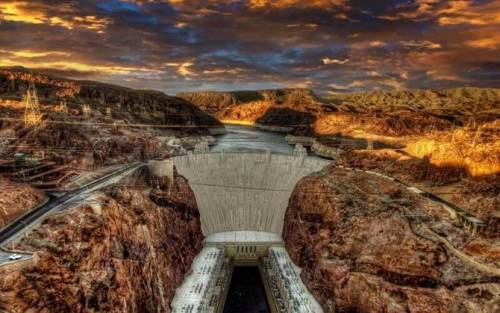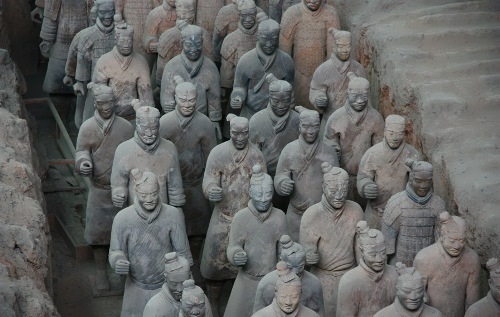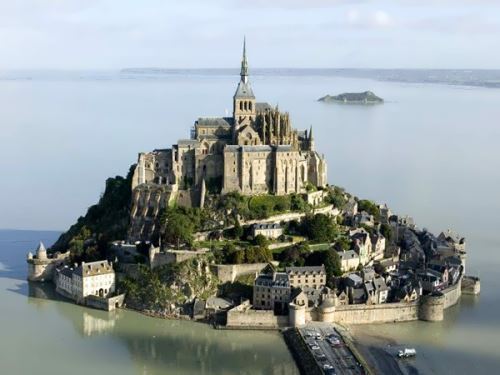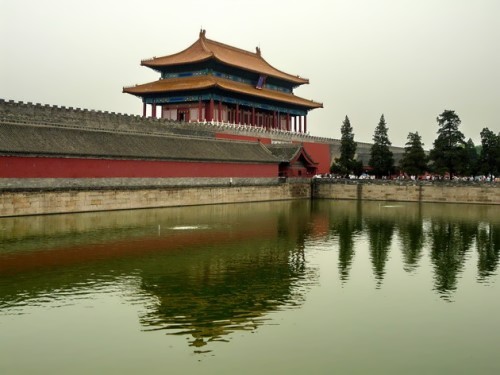This is Sparta
Sparta was a city-state of ancient Greece. It was the chief city of a region called Laconia. They don’t care about art or philosophy unlike Athens. Spartans loved military strength and ruled harshly. At age 7, boys had to leave their parents. They grew up together in military style groups. The strongest and bravest became captains. They became soldiers at age 20 and retired at age 60. Girls’ upbringing was less strict.
Two kings ruled this state together. The “kings” were not absolute monarchs, but only generals and priests. The real power was in the hands of the ephors. Only citizens could participate in the government. The National Assembly consisted of Spartans who have reached 30 years.
More »
